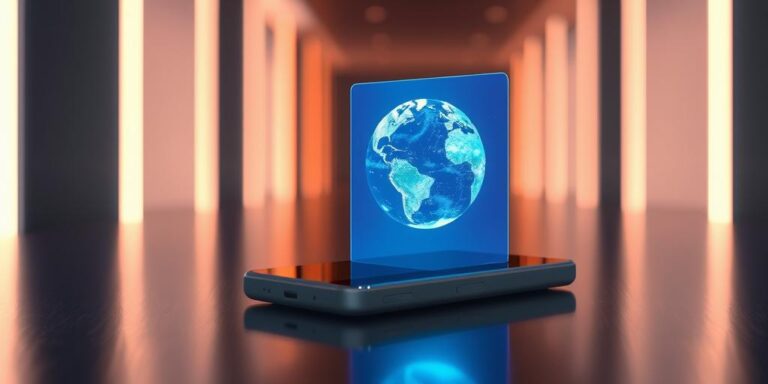Holographic Displays on Phones: Sci-Fi Becoming Reality? (2028)
For decades, holographic displays have been a staple of science fiction, captivating audiences with their futuristic projections and interactive possibilities. Now, in 2028, this once-distant dream is rapidly approaching reality, particularly in the realm of mobile phones. Let’s delve into the current state of holographic technology, its potential applications in smartphones, and the challenges that still lie ahead.
The Dawn of Mobile Holography
The concept of projecting three-dimensional images from a handheld device has long intrigued researchers and tech enthusiasts alike. While true volumetric holograms – those that can be viewed from any angle without special glasses – are still under development, significant strides have been made in near-eye displays and light field technology. These advancements are paving the way for a more immersive and visually rich mobile experience.
Key Technologies Driving the Revolution
Several key technologies are converging to make holographic phone displays a tangible possibility:
- Light Field Displays: These displays capture and reproduce the light field of a scene, creating a 3D effect without the need for glasses. Companies like Leia Inc. have already demonstrated light field displays on mobile devices, offering a glimpse into the future of holographic entertainment and communication.
- Near-Eye Displays: These displays project images directly onto the user’s retina, creating a highly immersive visual experience. While often associated with augmented reality (AR) and virtual reality (VR) headsets, miniaturized versions of these displays could potentially be integrated into smartphones for a more personal holographic experience.
- Advanced Image Processing: Sophisticated algorithms and powerful mobile processors are essential for rendering and displaying holographic images in real-time. Ongoing advancements in these areas are crucial for overcoming the computational challenges associated with holographic displays.
Potential Applications on Smartphones
The integration of holographic displays into smartphones could unlock a wide range of exciting new applications:
- Enhanced Entertainment: Imagine watching movies or playing games in true 3D, without the need for cumbersome glasses. Holographic displays could revolutionize mobile entertainment, offering a more immersive and engaging experience.
- Interactive Communication: Holographic calls could allow users to see and interact with a 3D representation of the person they are talking to, making communication more personal and lifelike.
- Augmented Reality Applications: Holographic displays could seamlessly integrate with AR applications, overlaying 3D information and virtual objects onto the real world. This could have profound implications for navigation, education, and productivity.
- 3D Content Creation: Users could create and share their own holographic content using their smartphones, fostering a new era of creative expression.
Challenges and Future Outlook
Despite the rapid progress, several challenges remain before holographic phone displays become mainstream:
- Display Technology: Achieving high resolution, brightness, and color accuracy in a compact and energy-efficient form factor remains a significant hurdle.
- Computational Power: Rendering holographic images in real-time requires considerable processing power, which could strain battery life and limit performance.
- Content Availability: A lack of holographic content could hinder the adoption of holographic displays. Creating a robust ecosystem of holographic movies, games, and applications will be crucial for success.
- Cost: The initial cost of holographic phone displays is likely to be high, limiting their accessibility to early adopters and premium users.
However, given the relentless pace of technological innovation, these challenges are likely to be overcome in the coming years. As display technology improves, processors become more powerful, and holographic content becomes more readily available, holographic phone displays are poised to transform the way we interact with our mobile devices and the world around us. The sci-fi dream is closer than ever before.




